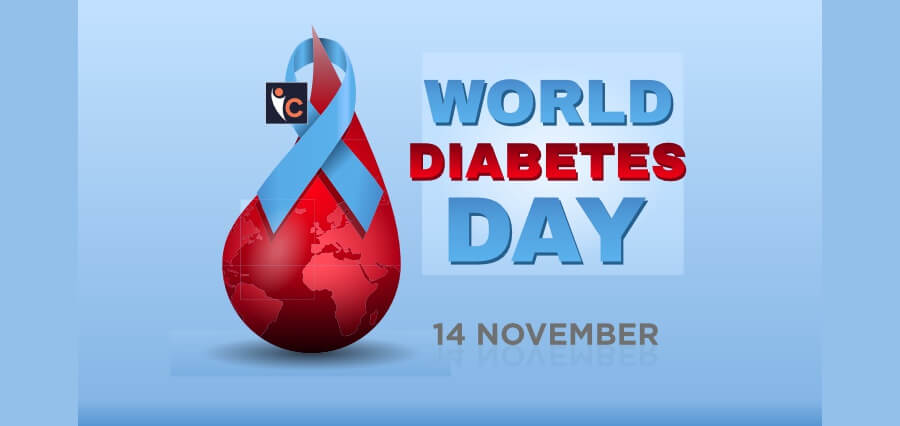Safety First
Ground accidents in aviation are a significant safety issue causing damage in terms of injuries and fatalities among ground-staffing people and passengers. Even when technologies and safety measures are upgraded, these events remain challenging to the sector.
This article discusses the present situation of ground accidents, their causes, and effective prevention strategies.
Overview of Ground Accidents
According to International Civil Aviation Organization (ICAO), in 2023, the worldwide accident rate was 1.87 accidents per million departures. Though it reduced compared with previous years, this level remains too high for the risks still existing in relation to aviation activities. This majority of such incidents happens on the ground when several events cause aircraft incidents during the taxing process, loading procedures, and servicing processes.
Types of Ground Incidents
- Ramp Accidents: These are incidents on the airport ramps, often during the loading and unloading of aircrafts. According to Flight Safety Foundation, an estimated 27,000 global annual ramp accidents cause around 243,000 injuries.
- Runway Excursions: This is the event where an aircraft leaves the runway during takeoff or landing. In 2022, ten incidents occurred where the aircraft experienced substantial damage or destruction.
- Collisions: Ground collisions may be between aircraft or between an aircraft and ground vehicles. Most of these happen due to miscommunication or lack of situational awareness on the part of the ground crew.
Causes of Ground Accidents
Ground accidents result from various factors, for example human error. A good number of accidents arise from human factors such as miscommunication, inadequate training, or failure to follow procedure. For example, failure to signal appropriately when the aircraft is moving may cause it to collide with other aircraft.
Another cause is weather conditions; for example, rain, snow, and fog may reduce visibility and traction on runways and taxiways, with resulting possible accidents. Mechanical failures of ground support equipment or aircraft systems could lead to accidents if they are not maintained correctly. The design and maintenance of an airport can also cause a situation that may endanger personnel and aircraft.
Prevention Strategies
Other ground accidents measures put in place in the airways industry include;
- Thorough Training Programs: All persons working within the ground running should have the training properly. This is done through drills and simulations to drill staff on cases like a ground accident, and hence, this calls for following the safety procedures.
- Increased Regulatory Supervision: The ICAO has put in place very stringent safety standards that have to be complied with by airlines and airports. Complying with such regulatory measures cuts down on the risks of accidents.
- Inclusion of Advanced Technology: New technology like a ground handling system or collision avoidance system reduces human mistakes and increases the situational awareness too much on grounds. For instance, the direct communication enables both pilots as well as ground crews to coordinate efficaciously during aircraft movement.
- Maintenance Procedures: Proper maintenance of both the air crafts as well as equipment supporting the grounds is always quite important. Standard as well as routine checking procedures ensure adequate calculation of mechanical faults so that no accident can take place there.
- Better Infrastructure: Airport should have better-designed facilities with proper signages, well-lit paths for vehicles and personnel, and adequate lighting to enhance safety during night operations.
- Reporting Systems: Good reporting mechanism will make the employees feel safe to report near misses or unsafe conditions without fear of reprisal. Such data is invaluable in the identification of trends and action.
Conclusion
Ground accidents are one of the major concerns of aviation safety management. As human error is the major cause, a well-structured training program, enhancement in reporting practices, and intensive risk assessment by the stakeholders of the aviation industry are needed. Such issues can be proactively addressed through well-established prevention strategies, which can ensure the continuation of the aviation industry on its path toward safer operational environments both in the air and on the ground.
It is undeniable that commitment by regulatory agencies like ICAO and IATA has contributed to the reduction of events in terms of their frequency and severity and ultimately helps create a culture of safety in all aviation-related operations.










